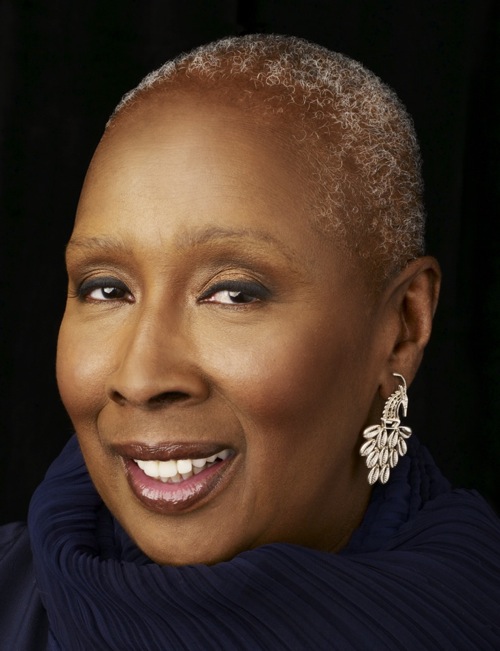Famed dancer and choreographer Judith Jamison warned a recent audience that she has a tendency to ramble: “I will be reading my remarks. Otherwise I’ll be totally scattered. It’s kind of like when I dance.”
Over 40 minutes at Baldwin Wallace University near Cleveland, Jamison still strayed, but her colorful asides drew an intimate portrait of 50 years with the storied Alvin Ailey American Dance Company. Elegant in a sleek black shirt and pants, covered with a multicolored shawl, she sauntered from point to point, at ease in front of a near-capacity crowd.
Jamison, 71, joined the company in 1965 at the request of Alvin Ailey himself, who founded the dance troupe out of frustration over the lack of opportunity for black dancers. She marveled at Ailey’s physicality: “He moved his whole body like liquid. No one moved like him.” She danced and choreographed with him for more than 20 years, then became artistic director after Ailey’s 1989 death. She stayed until 2011 and remains on the board as artistic director emerita.
Born in Philadelphia on the precipice of the Civil Rights movement, Jamison told her audience that she was drawn to Ailey because of the way he saw the arts as fundamental in the struggle for equality.
“When Dr. King said, ‘We must not allow our creative protest to degenerate into physical violence…Again and again we must rise to the majestic heights of meeting physical force with soul force,’ our soul force was our performance,” Jamison said. “And our dancing was our protest. Alvin Ailey wanted a company that would explore the black cultural experience. He wanted to show our beauty, our dignity, our passion using the powerful language of dance theater.”
Her life was defined by those lessons of race and dignity, she said, beginning as a six-year-old student of pioneering dance instructor Marion Cuyjet. As an African-American woman with green eyes, light skin and red hair, Cuyjet used her ability to “pass” to teach young black children who would otherwise be barred from formal instruction.
Cuyjet, Jamison said, was evicted from seven studios, but the teacher never let institutional racism stop her. Watching her instructor repeatedly shift facilities taught Jamison an important lesson: “You have to make your own door when the door won’t open. Make your own frame and walk through the door you created.”
Jamison’s parents nurtured her artistry and encouraged both their children to savor life. “We didn’t have a whole lot of money, but they made things accessible,” she said. “The root of my artistic and cultural life comes from being taken to operas, concerts, theater, and from hearing my father’s calloused fingers play a Rachmaninoff sonata.”
The pioneering dancer’s tone warmed as she shared her desire to spread the power of the arts to youth in the same ways her parents did—by exposing them early and watching them find their doorways. “I enjoy seeing young people entering the theater as individuals, and leaving as part of a community,” she said, beaming wide. “That’s how the arts are supposed to make you feel.”
